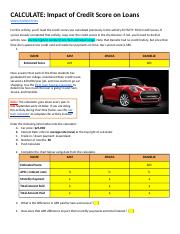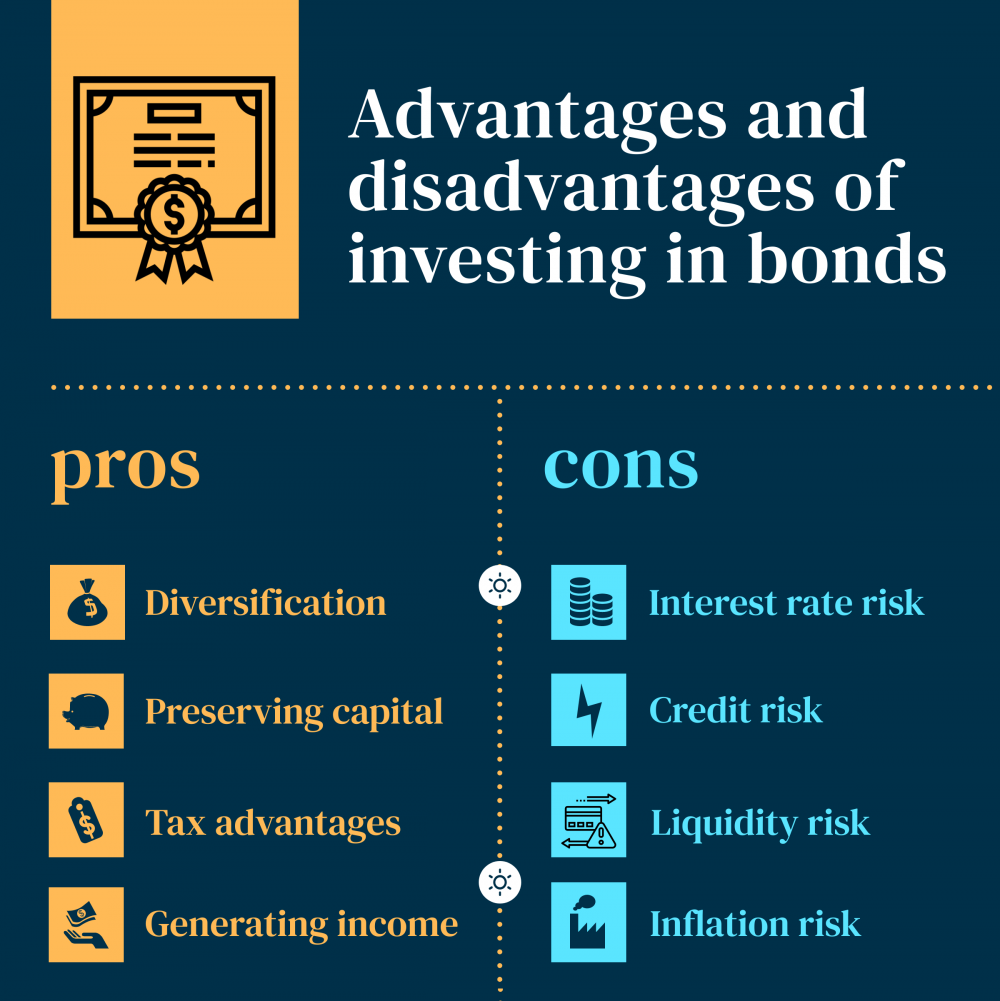
Fundamental stock analysis may seem daunting if you're not familiar with stock analysis. You can answer the question "Is this stock worth investing?" by using both quantitative and qualitative factors. This article will explain the basics of stock analytics and provide a reference guide to the terms and principles that you'll need. Bits' mission it to teach you finance is to fluently communicate with financial terms. We will be discussing the TC2000’s Condition Wizard, and the weighted mean method.
Fundamental analysis
Fundamental analysis is a process that evaluates the business performance of a company by comparing its earnings with those of other comparable companies. To determine the fair value of a stock, or how much it should cost, it examines financial metrics like return on capital, profit margin and cash flow. Because you can always make more money buying stock at a fair price than the market price, it is more valuable than technical analyses. Fundamental analysis starts with a larger view of the company and the industry.
Fundamental analysis is crucial for investors, as it allows them take educated decisions based only on historical data and forecasts. A stock's value is determined by fundamental analysts using multiple indicators such as price changes and financial reports. Fundamental analysts are able to predict when to buy or sell a stock by focusing on its financial statements. An analyst might recommend buying a stock if the company has a high value.

Technical analysis
Technical analysis is the best option if you want to make quick money. The fundamental factors that can affect stock prices such as growth prospects only have an impact on them for a very short time. Technical analysis provides a clearer picture about a stock's future prospects. However, technical analysis does have its limitations. It is important to use historical data in order to back-test your trading strategies.
Technical analysis can include indicators as well as chart patterns. Indicators can be used to predict future price direction and identify trends. These indicators are often plotted as chart patterns. They are used together with investor sentiment, fundamental factors and other factors to help predict prices trends. Although you can use multiple indicators simultaneously, it can be confusing to use too many. These are indicators that you can use to assist you in trading. You will soon become a successful trader if you can learn to use them.
Weighted-average method
To analyze stocks, you can use the weighted average method. This allows you to find out how many shares are still outstanding. Potential investors will be interested in EPS (earnings per share). By dividing the number of outstanding shares by the number of companies, this method helps you identify which companies are more valuable and which are not. This is especially helpful for companies with many shares outstanding because high volatility can occur when there are many shares.
While some inventory costing methods track every item, the weightedaverage method allows businesses the ability to compare the inventory's cost against a preset price. While total costs can remain the same in a perpetual or periodic inventory system, the cost of each batch is based on a price. For businesses that are able to dropship large quantities of the same products, or who have a high volume of WACs, both systems can be very valuable.

TC2000's Condition Wizard
The intuitive interface on TC2000 is a hit. It allows you to easily create watch lists and receive stock alerts. You can also conduct scans and sort stock possibilities. Its Condition Wizard and over 70 technical indicators help you analyze thousands of data points. This program lets you set up your own conditions and create multiple exit strategies. Once you've established your conditions, you'll be able to plot a chart with TC2000’s Condition Wizard.
The program allows you to add custom conditions and indicators into your watchlist. This feature is free in the free tier. You can also create your own condition using the RealCode programming language. Stocks that pass a condition light up in your watchlist, and you can evaluate your strategy using the historical price graph. Alerts can be created by traders based on indicators or conditions. Using TC2000's Condition Wizard can be as easy as selecting an indicator.
FAQ
Is it possible to make passive income from home without starting a business?
Yes, it is. In fact, the majority of people who are successful today started out as entrepreneurs. Many of them were entrepreneurs before they became celebrities.
You don't necessarily need a business to generate passive income. You can create services and products that people will find useful.
For instance, you might write articles on topics you are passionate about. You can also write books. You might even be able to offer consulting services. Your only requirement is to be of value to others.
How can I make wise investments?
It is important to have an investment plan. It is essential to know the purpose of your investment and how much you can make back.
You must also consider the risks involved and the time frame over which you want to achieve this.
This will help you determine if you are a good candidate for the investment.
Once you've decided on an investment strategy you need to stick with it.
It is best not to invest more than you can afford.
Do I need to invest in real estate?
Real Estate investments can generate passive income. However, they require a lot of upfront capital.
Real Estate might not be the best option if you're looking for quick returns.
Instead, consider putting your money into dividend-paying stocks. These stocks pay you monthly dividends which can be reinvested for additional earnings.
When should you start investing?
An average person saves $2,000 each year for retirement. Start saving now to ensure a comfortable retirement. If you wait to start, you may not be able to save enough for your retirement.
Save as much as you can while working and continue to save after you quit.
You will reach your goals faster if you get started earlier.
Start saving by putting aside 10% of your every paycheck. You can also invest in employer-based plans such as 401(k).
Contribute only enough to cover your daily expenses. After that you can increase the amount of your contribution.
How can I grow my money?
You should have an idea about what you plan to do with the money. You can't expect to make money if you don’t know what you want.
You should also be able to generate income from multiple sources. This way if one source fails, another can take its place.
Money doesn't just magically appear in your life. It takes planning and hardwork. You will reap the rewards if you plan ahead and invest the time now.
What investments are best for beginners?
The best way to start investing for beginners is to invest in yourself. They should also learn how to effectively manage money. Learn how to save money for retirement. Learn how budgeting works. Learn how you can research stocks. Learn how to read financial statements. How to avoid frauds Learn how to make wise decisions. Learn how to diversify. Learn how to protect against inflation. How to live within one's means. Learn how wisely to invest. Have fun while learning how to invest wisely. It will amaze you at the things you can do when you have control over your finances.
What do I need to know about finance before I invest?
No, you don’t have to be an expert in order to make informed decisions about your finances.
Common sense is all you need.
Here are some simple tips to avoid costly mistakes in investing your hard earned cash.
First, be careful with how much you borrow.
Don't go into debt just to make more money.
Be sure to fully understand the risks associated with investments.
These include inflation and taxes.
Finally, never let emotions cloud your judgment.
Remember, investing isn't gambling. To be successful in this endeavor, one must have discipline and skills.
This is all you need to do.
Statistics
- Over time, the index has returned about 10 percent annually. (bankrate.com)
- 0.25% management fee $0 $500 Free career counseling plus loan discounts with a qualifying deposit Up to 1 year of free management with a qualifying deposit Get a $50 customer bonus when you fund your first taxable Investment Account (nerdwallet.com)
- If your stock drops 10% below its purchase price, you have the opportunity to sell that stock to someone else and still retain 90% of your risk capital. (investopedia.com)
- Most banks offer CDs at a return of less than 2% per year, which is not even enough to keep up with inflation. (ruleoneinvesting.com)
External Links
How To
How to invest In Commodities
Investing on commodities is buying physical assets, such as plantations, oil fields, and mines, and then later selling them at higher price. This process is called commodity trade.
Commodity investing works on the principle that a commodity's price rises as demand increases. The price will usually fall if there is less demand.
You will buy something if you think it will go up in price. And you want to sell something when you think the market will decrease.
There are three types of commodities investors: arbitrageurs, hedgers and speculators.
A speculator will buy a commodity if he believes the price will rise. He doesn't care whether the price falls. An example would be someone who owns gold bullion. Or someone who invests in oil futures contracts.
An investor who buys a commodity because he believes the price will fall is a "hedger." Hedging allows you to hedge against any unexpected price changes. If you own shares in a company that makes widgets, but the price of widgets drops, you might want to hedge your position by shorting (selling) some of those shares. By borrowing shares from other people, you can replace them by yours and hope the price falls enough to make up the difference. Shorting shares works best when the stock is already falling.
An arbitrager is the third type of investor. Arbitragers trade one thing to get another thing they prefer. For instance, if you're interested in buying coffee beans, you could buy coffee beans directly from farmers, or you could buy coffee futures. Futures allow you the flexibility to sell your coffee beans at a set price. You have no obligation actually to use the coffee beans, but you do have the right to decide whether you want to keep them or sell them later.
You can buy things right away and save money later. So, if you know you'll want to buy something in the future, it's better to buy it now rather than wait until later.
There are risks with all types of investing. One risk is the possibility that commodities prices may fall unexpectedly. Another risk is that your investment value could decrease over time. Diversifying your portfolio can help reduce these risks.
Another factor to consider is taxes. It is important to calculate the tax that you will have to pay on any profits you make when you sell your investments.
If you're going to hold your investments longer than a year, you should also consider capital gains taxes. Capital gains taxes do not apply to profits made after an investment has been held more than 12 consecutive months.
If you don't anticipate holding your investments long-term, ordinary income may be available instead of capital gains. On earnings you earn each fiscal year, ordinary income tax applies.
You can lose money investing in commodities in the first few decades. But you can still make money as your portfolio grows.